All About Compressed Earth Blocks: Pros and Cons To Consider

Photo Courtesy of Tdas14, CC BY-SA 4.0, via Wikimedia Commons
Compressed earth blocks (CEBs) contain a mixture of clay, sand, and water compressed into blocks by a hydraulic or mechanical press.
Earth blocks have been used for construction for thousands of years and are a popular choice for eco-friendly and sustainable buildings. But what are the pros and cons of these natural building materials?
Compressed earth blocks are beneficial because they require less energy to produce than other types of bricks. They are also cost-effective, and you can use them in various applications. However, they are susceptible to moisture and are not easy to find.
In this article, I’ll explore the pros and cons of compressed earth blocks to help you decide if they’re the right choice for your project. I’ll also highlight some of the most important things to consider if you plan to use compressed earth blocks in your construction project.
The Pros of Using Compressed Earth Blocks
Compressed earth blocks, sometimes called pressed earth blocks, are an energy-saving building material, and a great alternative to traditional construction materials for the following reasons:
You Can Make CEBs From Natural, Abundant Materials
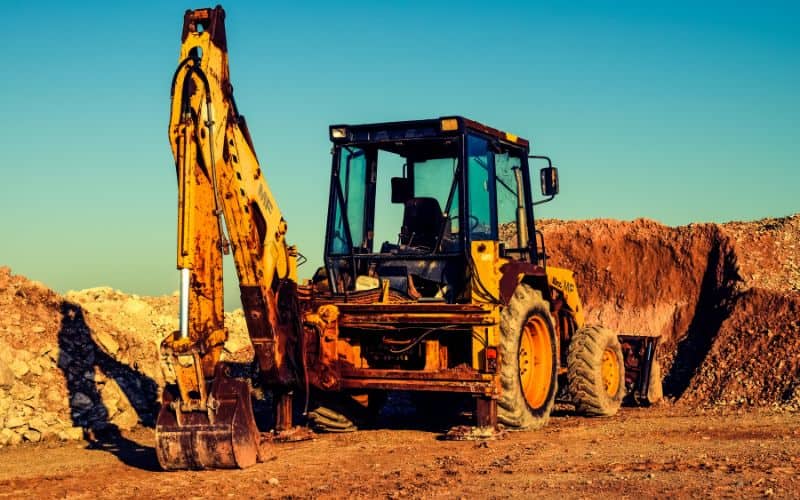
You can make compressed earth bricks from abundant natural materials on or near the construction site. Specifically, they’re blocks created from a mixture of soil, sand, aggregate, and (sometimes) clay.
If the materials available on the site are suitable, it’s possible to use this material alone, effectively making a compressed soil block from the subsoil on site.
The proportion of each ingredient varies depending on the desired properties of the compressed earth block.
For example, adding clay can make the CEB more water-resistant, while adding aggregate can make it solid and durable.
If you’re interested in using CEBs for your next construction project, you’ll want to know what materials to prioritize based on your needs.
CEBs Require Less Energy To Produce
Compressed earth blocks require less energy to produce than other construction materials, such as concrete.
That’s because you can make them using on-site materials, meaning there’s no need to transport the blocks to the construction site, reducing vehicle emissions.
In addition, you can make them using a natural binding agent, so they don’t require energy-intensive production processes. This lower energy consumption during manufacture makes them a more energy-efficient and sustainable option for construction.
And if the CEBs degrade over time, you don’t have to worry about the byproduct harming the environment in any way.
CEBs Are Strong and Durable
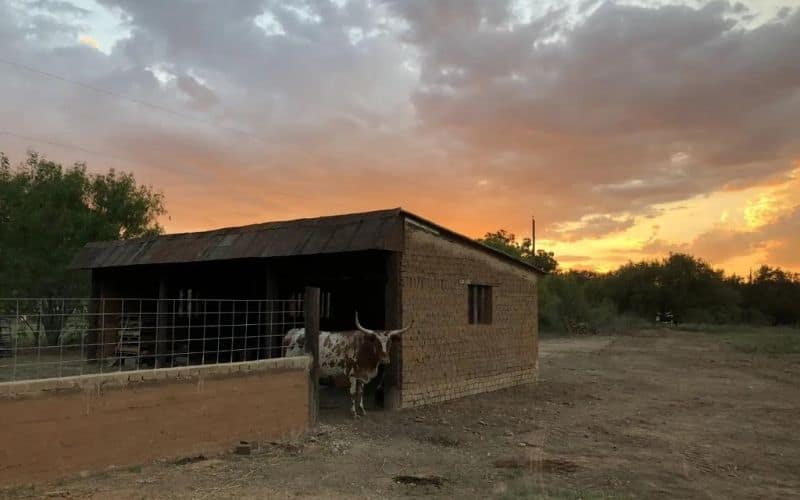
These environmentally friendly building materials are relatively strong and durable thanks to the raw materials they contain. As a result, they can sometimes do the job instead of concrete, where very high strength is optional.
For that reason, CEBs can be used to construct buildings such as homes, schools, and offices (though, as you’ll see later, they have their drawbacks durability-wise).
If more strength is required, Portland cement can provide this as a stabilizing agent. Earth blocks with cement added are called compressed stabilized earth blocks (CSEB) and are significantly stronger than standard earth blocks.
CEBs Can Be Used in a Variety of Applications
CEBs have a wide range of potential applications, including load-bearing walls, non-load-bearing walls, floors, roofs, and columns.
CEBs are also suitable for various infill applications, such as road construction, landscaping, and erosion control.
For applications requiring more strength, stabilized compressed earth blocks, which have cement added to bind the material together, can be used.
In short, compressed earth blocks might be a great choice if you want a versatile, sustainable building material.
Building Material Made From Compressed Earth Has a Low Carbon Footprint
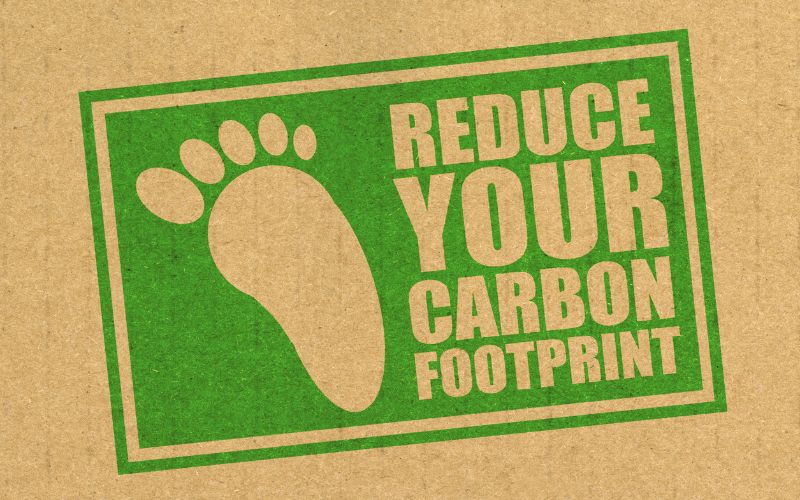
The construction industry has a large carbon footprint. According to the United Nations Environmental Programme, its carbon emissions are around 9% of the world’s total, which is only second to the fuel industry.
That’s because construction projects often use materials that require a lot of energy to produce and regularly use heavy machinery, transport materials over long distances, and make large amounts of waste.
Compressed earth bricks are a viable workaround to the problem in the right scenarios. In addition, they’re a sustainable and eco-friendly option for construction thanks to their low carbon footprint.
In addition, CEBs can use on-site soil as a raw material, which reduces the need for the transportation of construction materials and the emission of harmful gasses into the atmosphere.
Therefore, CEBs are an excellent option for building eco-friendly and sustainable homes. However, there are some things to consider before using CEBs, like the soil’s compressive strength and the type of construction.
CEBs Can Help Regulate Indoor Temperature
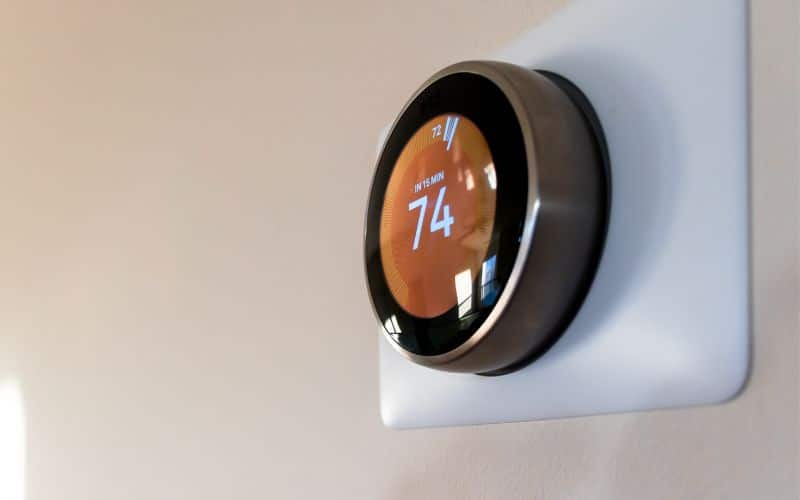
CEBs have thermal properties that help regulate indoor temperature thanks to the natural materials they contain, which are good at storing and releasing heat. As a result, CEBs can help keep a space cool in the summer and warm in the winter.
They also help regulate indoor humidity levels, improving the building’s indoor air quality and comfort.
Having very high indoor humidity levels during hot weather makes you feel hotter and more sticky than the same temperature at lower humidity, so earth blocks can reduce the need to run your air conditioning.
To complement your eco-friendly construction material, you can use something like the Frost King CF1 “No Itch” Natural Cotton Multi-Purpose Insulation (available on Amazon.com).
You can use it for virtually any space in your home that requires insulation, and its all-natural construction ensures that it won’t harm the environment or your loved ones.
CEBs Are Cost-Effective
Since building a home can be pretty expensive, you’ll want to make the most of everything that goes into it — such as the materials you use.
CEBs are easier and faster to produce, saving time and money on construction sites. Also, since CEBs are great at temperature regulation, they’re pretty handy for helping you save on energy bills.
The Cons of Using Compressed Earth Blocks
Despite their eco-friendliness, CEBs do have a few drawbacks.
They Require Specialized Skills and Training To Install
While compressed earth blocks (CEBs) have been around for centuries, their use in modern construction is still relatively new. As a result, only a few professionals know how to work with CEBs.
Working with CEBs requires specialized skills and training. For example, CEB installers must be able to operate the CEB-making machine and have the knowledge and experience to lay the blocks correctly.
CEBs Can Be Difficult To Find in Some Areas
CEBs can be challenging to find in some areas despite their many benefits. This can be due to the need for a local CEB manufacturer or distributor, awareness of CEBs among potential customers, and other issues beyond the average homeowner’s control.
A Compressed Earth Block Can Be Susceptible to Moisture if Not Sealed Properly
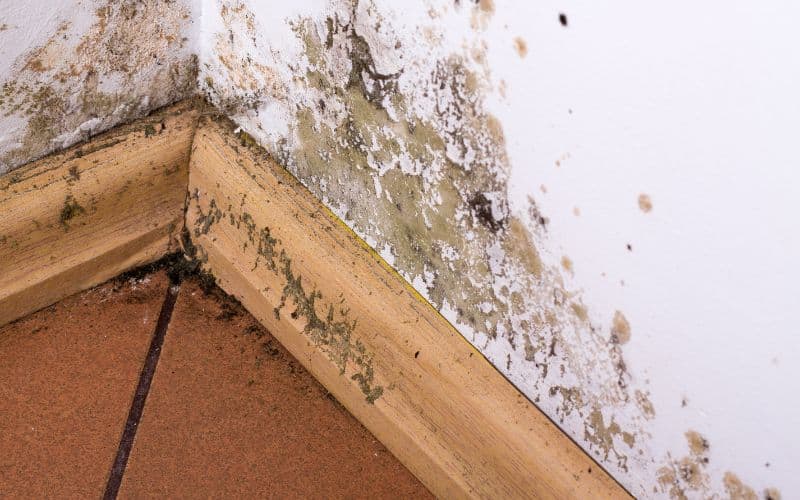
CEBs are a popular choice for low-cost housing, but there are concerns about their susceptibility to moisture.
CEBs can absorb moisture from the atmosphere when not appropriately sealed and promote mold growth and mildew. These issues can impact indoor air quality, causing health problems for occupants and structural damage to the building.
CEBs Are Not As Fire Resistant As Other Materials Like Concrete
Another drawback to CEBs is that they’re not as fire-resistant as other materials like concrete blocks. This is because CEBs are made of organic materials, while concrete is made of inorganic materials.
Tests show that the fire resistance of compressed earth blocks is adequate for applications such as partition walls.
However, you must examine each use case on its merits and get the correct advice to ensure the blocks’ performance for the given application.
Factors To Consider When Using CEBs in Your Construction Project
CEBs are excellent for constructing homes, office buildings, schools, etc. However, a few things to consider before using CEB for your next project include:
The Type of Soil Used
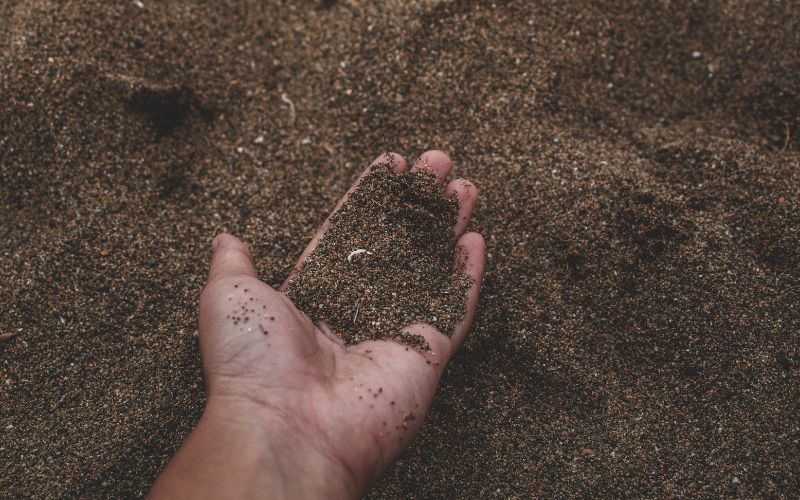
Different soil types have different properties, which can impact the strength and durability of CEBs.
For example, sandy soil isn’t as strong as clay soil, so CEBs from sandy soil are more likely to crumble and break. If you buy CEBs online, double-check the materials used to make them.
Compaction Method Used
Two methods are used to compact soil for CEB production: manual and mechanized compaction. The soil must be compacted to achieve the desired brick density.
As manual compaction is labor-intensive, mechanized compaction is increasingly used in compressed earth block production. In addition, the compaction method significantly impacts the strength and durability of the earth block walls.
The Cure Time
It’s essential to ensure that a compressed earth brick is safe and performs well by following the recommended cure time of at least 28 days.
Since this type of brick is made of a mixture of soil and water compressed into a mold, you need to allow it to cure correctly so it’ll be as strong as possible.
Qualifications of the Compressed Earth Block Installer
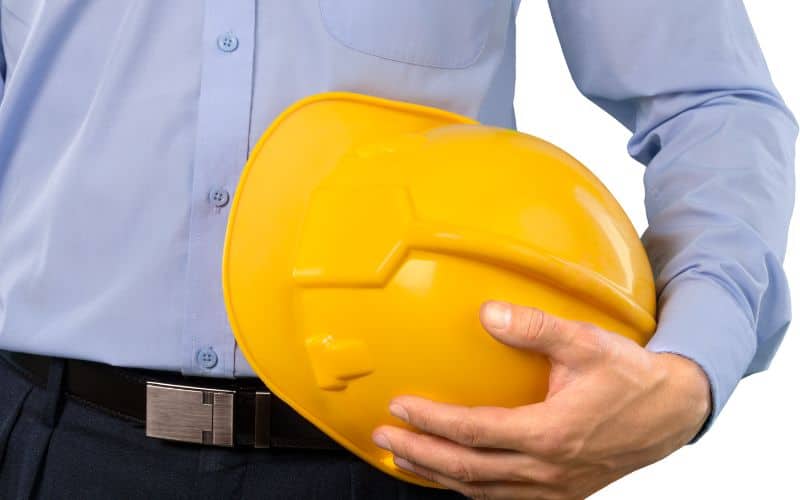
As I mentioned, you won’t find many professionals specializing in CEB construction. However, if you look up “compressed earth block construction professionals” online, you’ll usually find sellers of CEBs, rather than laborers.
You may have to drop by the branch of your local government that deals with construction to find certified CEB installers.
Working with a professional who knows their trade is vital. Although the raw materials used in manufacturing earth blocks seem pretty basic, you must use the correct blend and manufacturing process to get good results.
Moisture content and correct soil selection are critical. You must use the optimum moisture content to ensure the finished blocks’ strength and other properties meet your project’s standards.
Additional Safety Precautions
As I’ve noted earlier, CEBs can accumulate moisture if not properly treated. If you live in an area that experiences extreme weather, you may be better off using a different construction material.
But if you still want to enjoy the benefits CEBs offer, you’ll want to invest in additional protection to make the most out of this eco-friendly building material.
Final Thoughts
While there are many pros to compressed earth blocks (such as being environmentally friendly and durable), there are also some cons to consider.
Scarcity can be a barrier to entry for some; without locally qualified tradesmen or appropriate training, the blocks can be challenging to cut and shape.
Care is needed in the manufacturing process to ensure the raw material is appropriate and the optimum moisture content is used in block production so that the building blocks are of sufficient quality.
The fact that they’re less moisture- or fire-resistant can also be a dealbreaker.
Overall, where the requirements of the project allow, compressed earth blocks are a good option for those looking for sustainable and durable building materials.
For more ideas on sustainable building materials you could use on your next build, why not read our comprehensive sustainable building materials article on the blog?


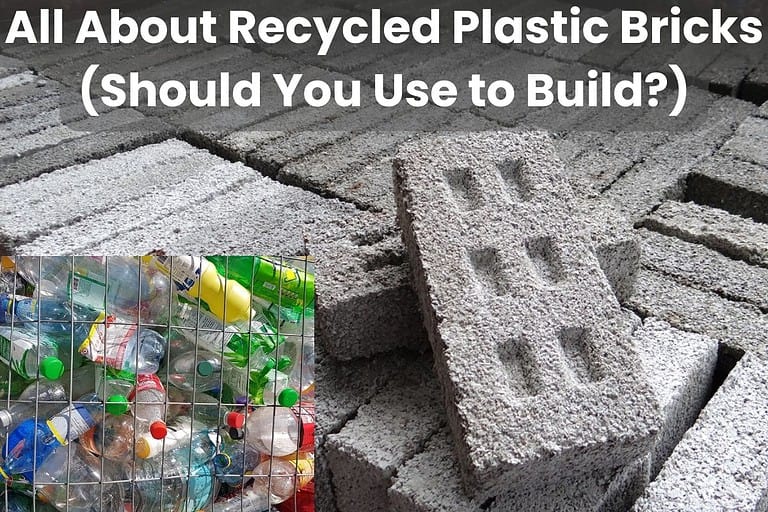
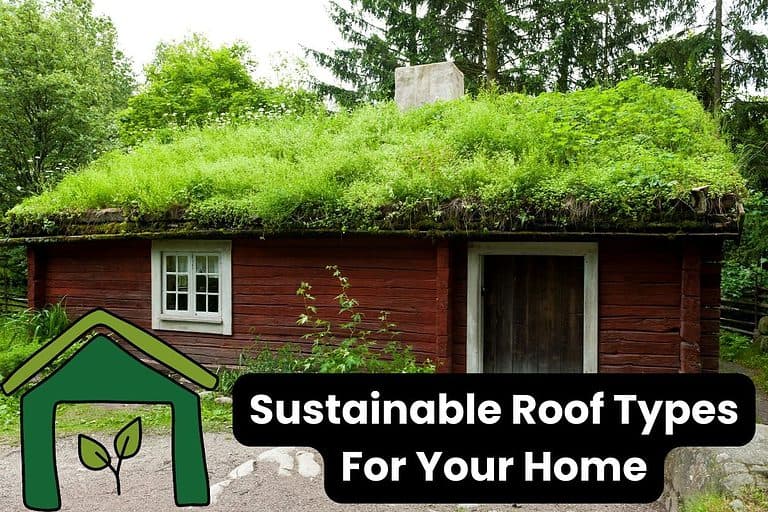
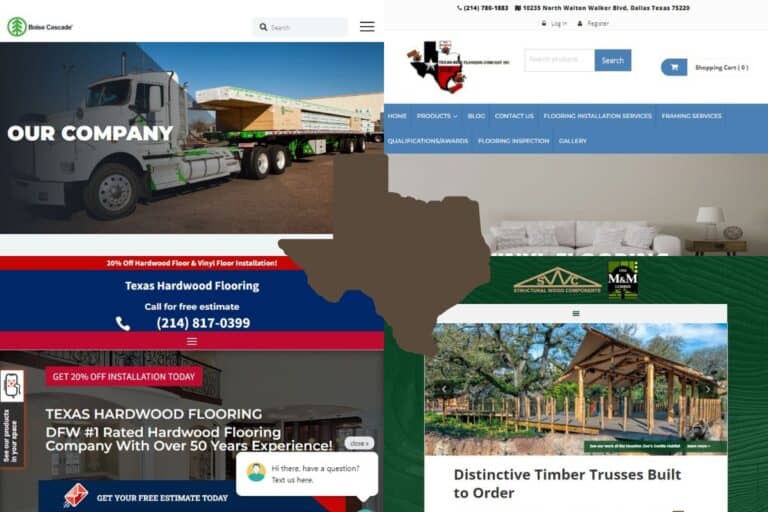


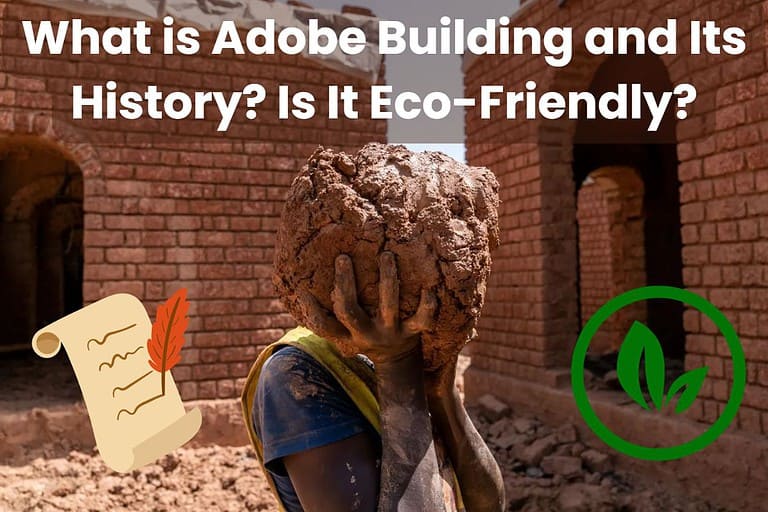
WE BUILD WITH SCEB. THEY ARE NOT MADE WITH ANY ORGANICS. NONE AT ALL. AND ARE JUST AS FIRE PROOF AS CONCRETE. WHEN STABILUZED THEY DO NOT ABSORB MOISTURE
Thanks for sharing your experience of building with SCEB, Greg. Good to know that compressed earth blocks are water-resistant.
Jim, I’m not in construction, so my questions are basic here and on another page on your site.
What is the “S” in SCEB ? Is the curing process just a matter of time or is there any heating or baking of the blocks/bricks ?
Can you use a vapor or moisture barrier material to protect the adobe or CEB blocks ?
Hi and thanks for taking the time to leave a question.
The “S” in SCEB stands for stabilised.
The curing process for adobe bricks is primarily a matter of time and there is no need to baked them to cure them. In fact, adobe blocks are usually air-dried, and experts recommend they are cured slowly to ensure maximum strength. It usually takes around 14 days for adobe bricks to dry, and this can be enhanced by turning the blocks on their edges to ensure even drying.
Compressed earth blocks (CEBs) are made by compressing an adobe mixture with a mechanical or manual press and require little or no drying. Stabilised compressed earth blocks (SCEBs) are cured to reach their full strength. Cement-stabilised blocks typically cure to full strength after 28 days.
Whether drying adobe blocks or curing SCEBs, it’s important to protect them from rain, especially during the initial stages of the drying/curing process. Sunlight can speed things up but too much sun can cause cracking, so make sure you provide shade if there’s a hot sun.
Moisture and vapor barriers can be used to protect adobe and compressed earth blocks (CEBs). A foundation made of concrete or brick should be built to provide damp-proofing for adobe walls. Applying a layer of asphalt to the foundation before building the wall further increases damp-proofing. The base of adobe walls should be built around 20 cm above the exterior ground level to prevent moisture damage.
Great website you have here but I was wanting to know if
you knew of any user discussion forums that cover the same topics discussed here?
I’d really love to bbe a part of group where I can get opinions from other experienced individuals thwt share the
same interest. If you have any suggestions, please let me know.
Thank you!
We’ve actually considered setting up a forum on this website to provide a place for people to exchange ideas on the topics we cover, and more. It takes a lot of effort to make something like that work but, if there’s demand for a sustainable building forum, it’s something we would look at doing. Would you be willing to pay for this to help support the ongoing costs of running it? Do you know other people who might be interested also?